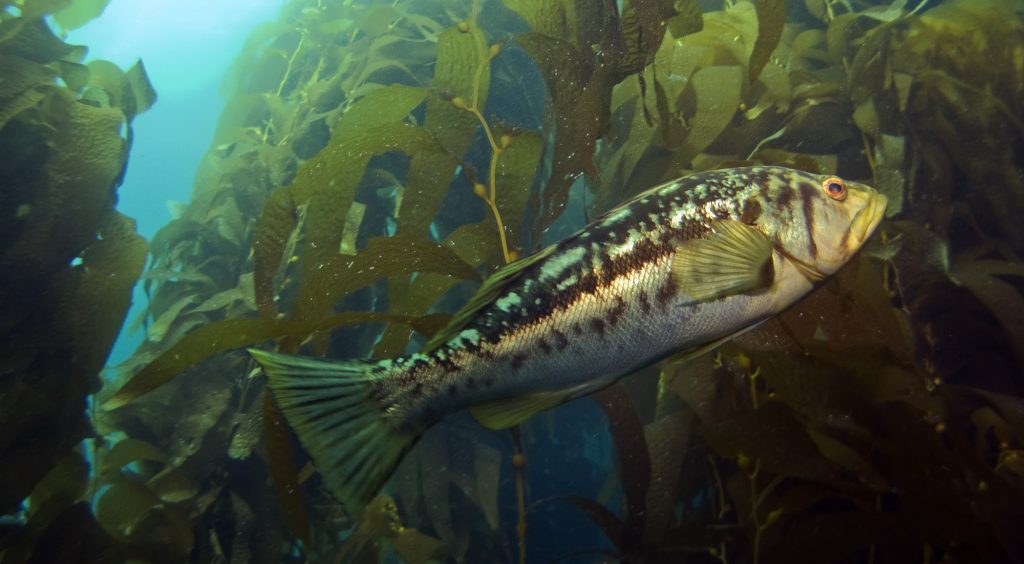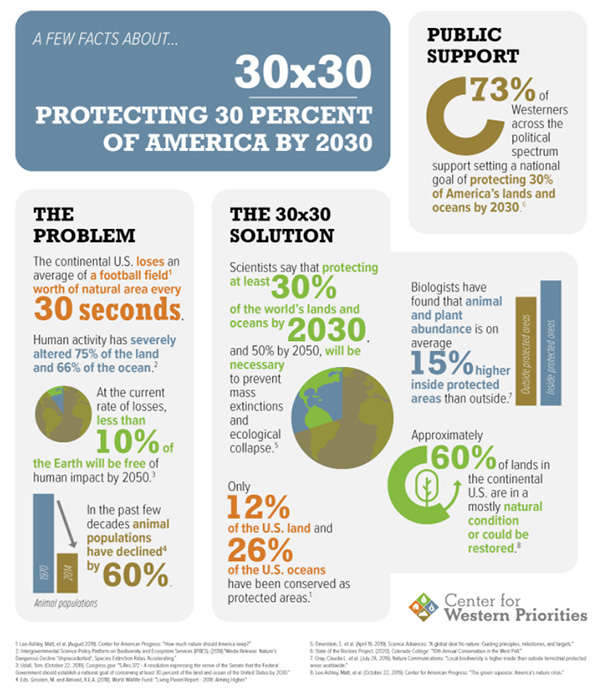30 x 30 Global Conservation Initiative


Over the past several months, the global conservation initiative known as 30 by 30 has made many headlines. This initiative, which seeks to protect 30% of the planet (land and ocean) by 2030, was developed by the United Nations Convention on Biological Diversity (CBD) in an effort to conserve biodiversity and healthy ecosystems. As anglers and supporters of sustainable angling, the IGFA supports the concept of conservation of species and their habitats through sound science and management especially as they pertain to game fish.
Recently, the state of California, using the 30 by 30 ideology, failed to pass the California Assembly Bill 3030 due to the bill’s lack of definition and sound science in support of area closures and limitations to entry that posed a direct risk to recreational fishing access for all communities in California. Although efforts were made to seek amendments to the bill’s language that would clarify the bill, maintain access, and address conservation efforts already in place, these efforts were eventually disregarded by the bill’s sponsors and the AB 3030 bill died in the state’s Senate Appropriations Committee.
Six weeks after the failure of the AB 3030 bill, Gov. Gavin Newsom signed an executive order to implement similar goals to the original AB 3030 bill, effectively bypassing the legislative process. However, in a major improvement to the AB 3030 language, this new executive order allows for engagement with stakeholders in the executing of the goals of the initiative, giving recreational anglers more of a voice in how California’s aquatic resources will be protected.
Given the improved language of the executive order and the inclusion of stakeholder input, the IGFA believes this could be an important step in the right direction to achieving the goals of the 30 by 30 initiative. What we will be looking for in this process is whether this effort allows for the real input from users of the resource and for California’s residents to maintain reasonable access to sustainable recreational fishing opportunities.
